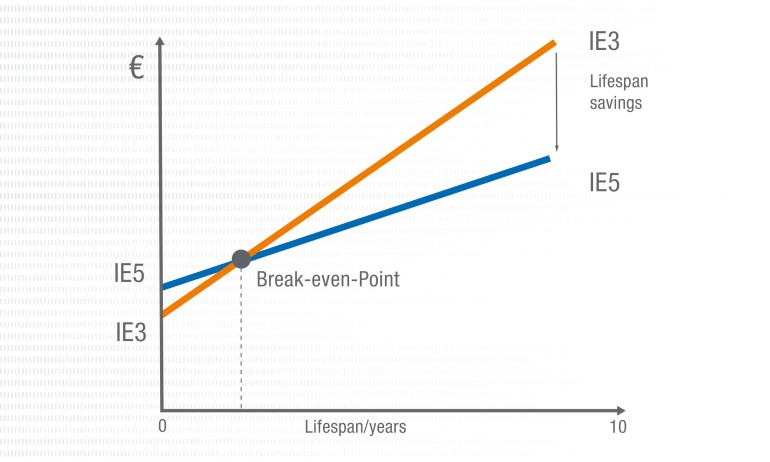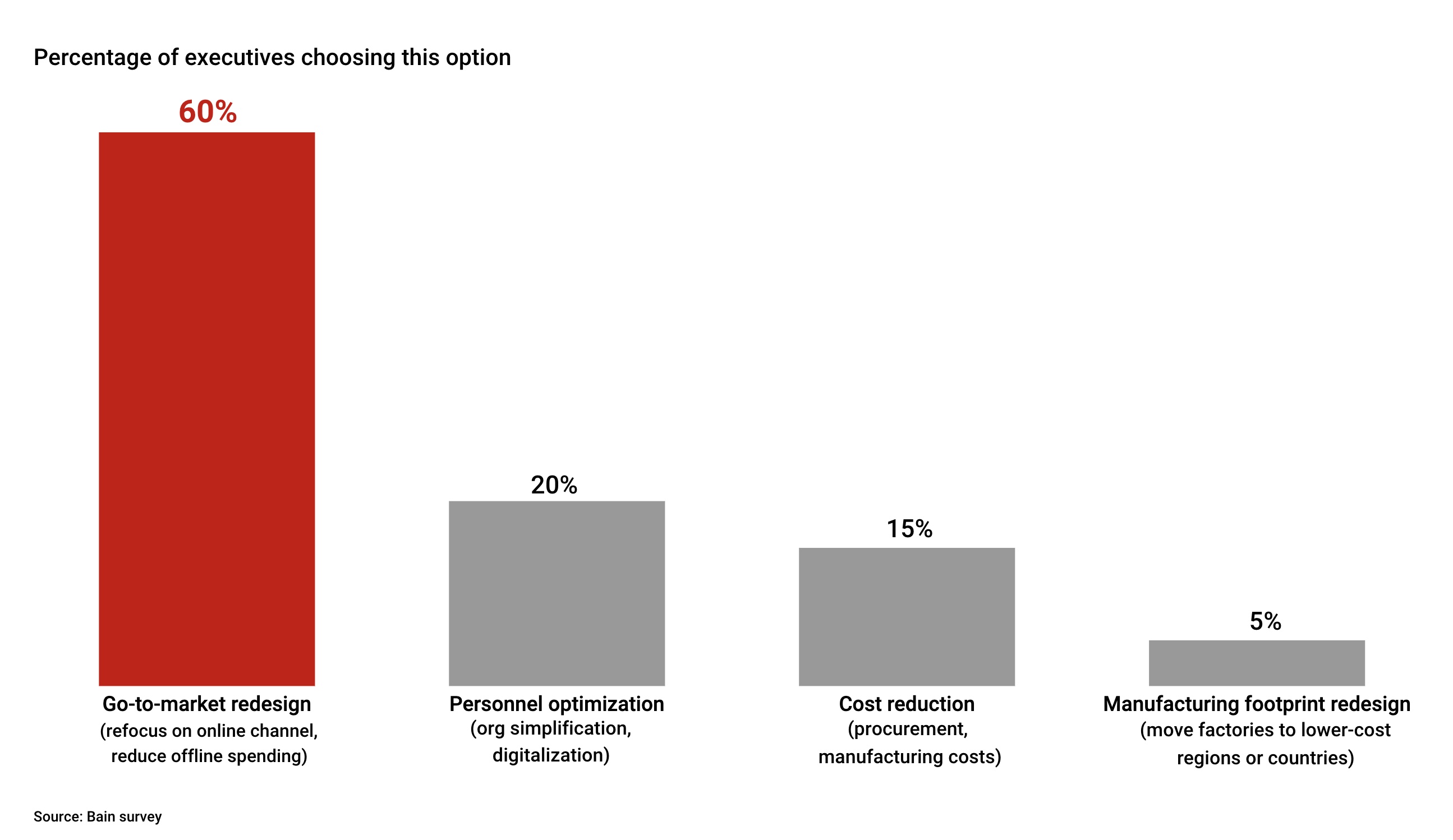### Understanding Loan to Value: A Comprehensive Guide to Explain Loan to Value
Guide or Summary:What is Loan to Value?Importance of Loan to ValueHow Loan to Value Affects BorrowingCalculating Loan to ValueFactors Influencing Loan to Va……
Guide or Summary:
- What is Loan to Value?
- Importance of Loan to Value
- How Loan to Value Affects Borrowing
- Calculating Loan to Value
- Factors Influencing Loan to Value
What is Loan to Value?
Loan to Value (LTV) is a financial term used by lenders to express the ratio of a loan to the value of an asset purchased. It is a crucial metric in the lending process, especially in mortgages, as it helps lenders assess the risk associated with a loan. The LTV ratio is calculated by dividing the amount of the loan by the appraised value of the property or asset. For example, if you want to buy a house valued at $200,000 and you take out a loan for $150,000, your LTV ratio would be 75% ($150,000 ÷ $200,000).
Importance of Loan to Value
Understanding the LTV ratio is vital for both borrowers and lenders. For borrowers, a lower LTV ratio often means better loan terms, such as lower interest rates and reduced private mortgage insurance (PMI) costs. Lenders use the LTV ratio to evaluate the risk of lending money; a higher LTV indicates higher risk, as there is less equity in the property. If the borrower defaults, the lender may not recover the full amount of the loan through the sale of the property.
How Loan to Value Affects Borrowing
The LTV ratio plays a significant role in determining the type of mortgage you can qualify for. Generally, a higher LTV ratio (above 80%) may require you to pay PMI, which protects the lender in case of default. Conversely, a lower LTV ratio (below 80%) might allow you to avoid PMI, resulting in lower monthly payments. Additionally, lenders may impose stricter credit requirements on borrowers with high LTV ratios, as they represent a higher risk.

Calculating Loan to Value
To calculate the Loan to Value ratio, you can use the following formula:
\[ \text{LTV} = \left( \frac{\text{Loan Amount}}{\text{Appraised Value of the Property}} \right) \times 100 \]
For instance, if you are looking to purchase a home valued at $300,000 and you plan to borrow $240,000, your LTV would be:

\[ \text{LTV} = \left( \frac{240,000}{300,000} \right) \times 100 = 80\% \]
This indicates that you are financing 80% of the property’s value with a loan.
Factors Influencing Loan to Value
Several factors can influence the LTV ratio, including the type of loan, the lender's policies, and the current market conditions. For example, conventional loans typically have stricter LTV requirements compared to government-backed loans like FHA loans, which may allow for higher LTV ratios. Additionally, the property type can also impact the LTV; for instance, investment properties often have lower maximum LTVs compared to primary residences.

In summary, understanding Loan to Value (LTV) is essential for anyone looking to borrow money for real estate purchases. The LTV ratio not only affects the terms of the loan but also provides insights into the risk level associated with the loan from the lender's perspective. By maintaining a lower LTV ratio, borrowers can secure better financing options and protect themselves from potential financial pitfalls. Always consult with a financial advisor or mortgage professional to understand how LTV can impact your specific borrowing situation.